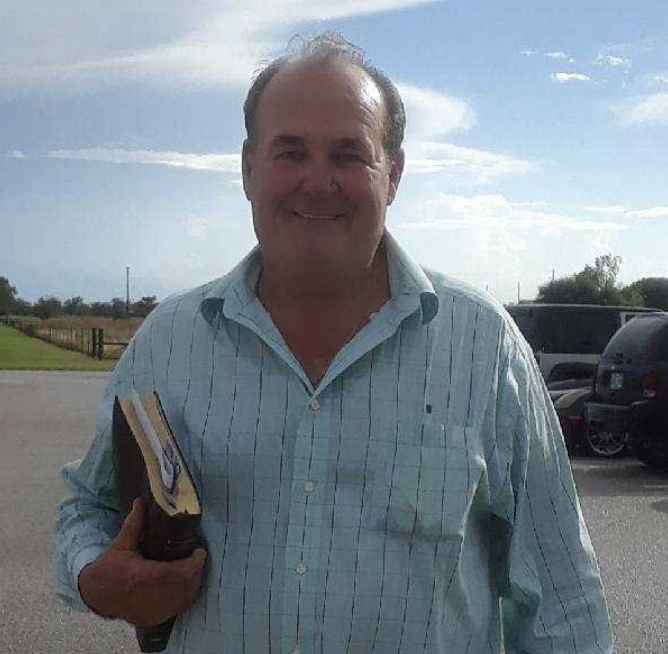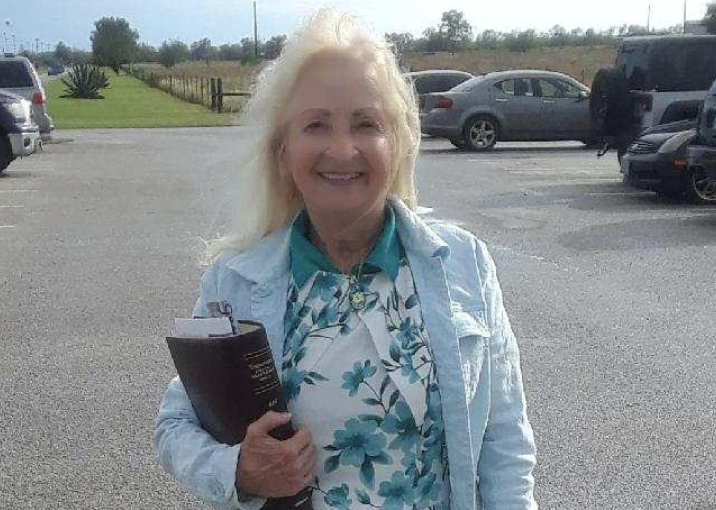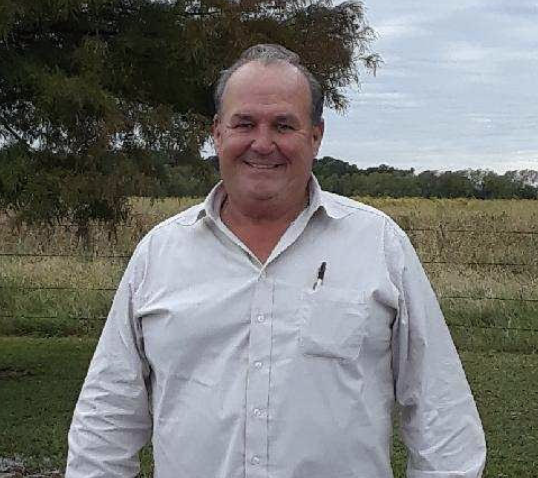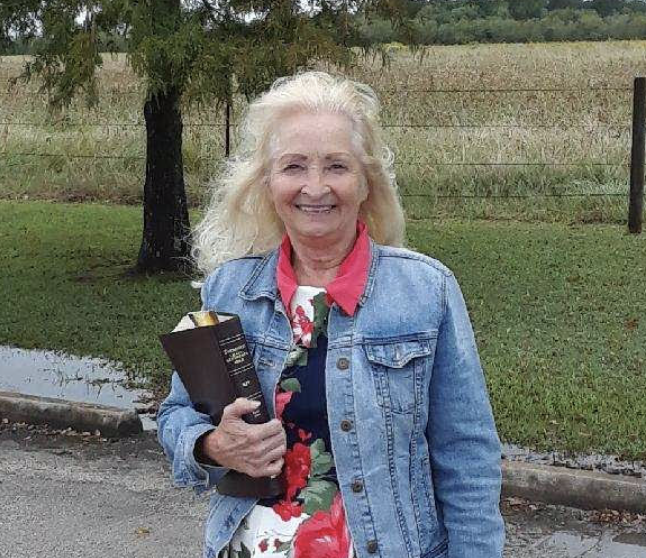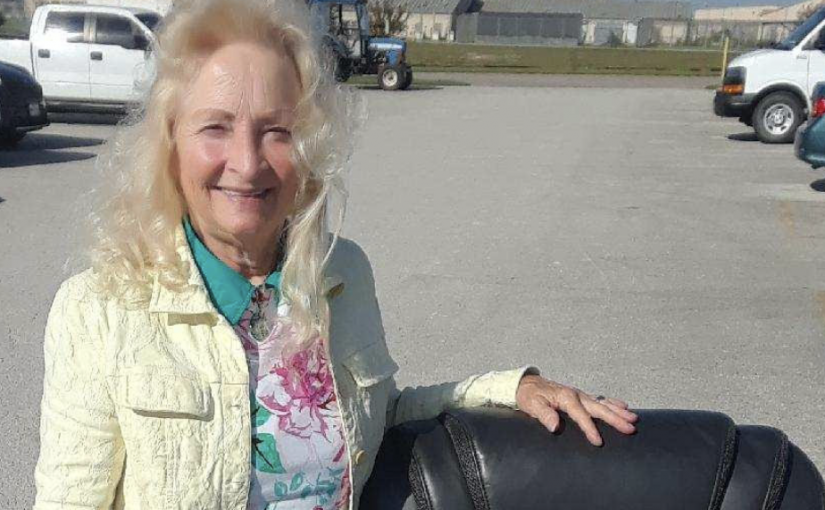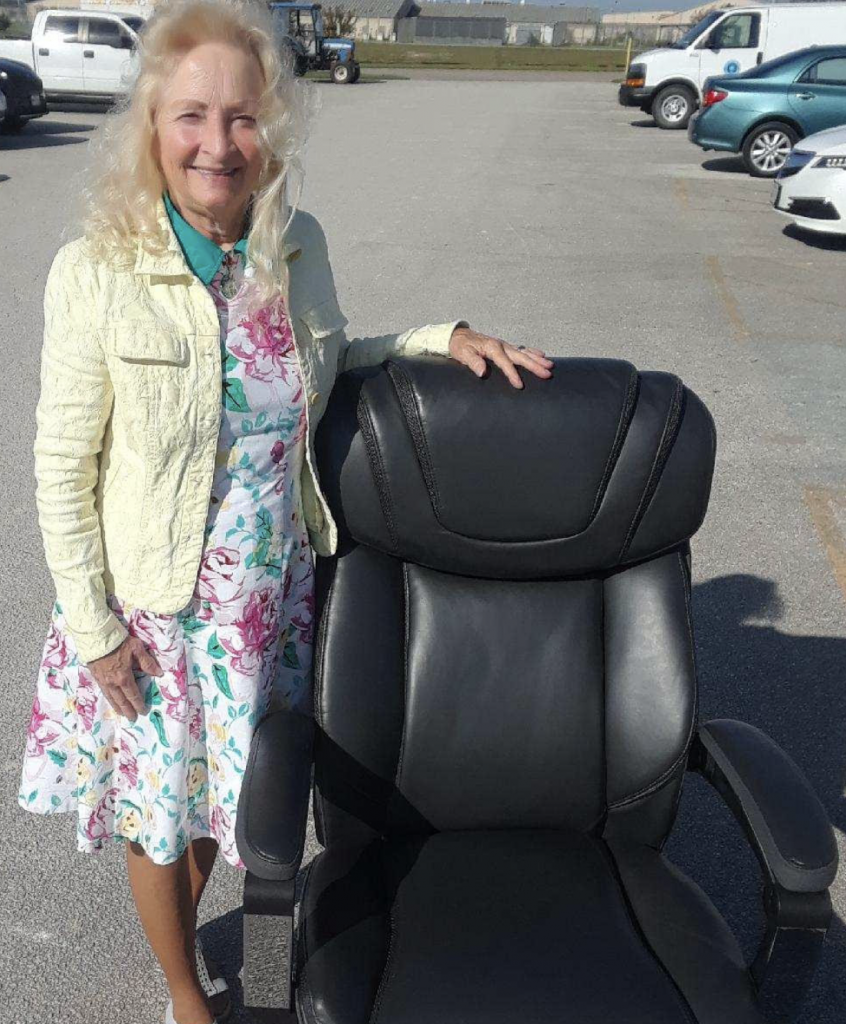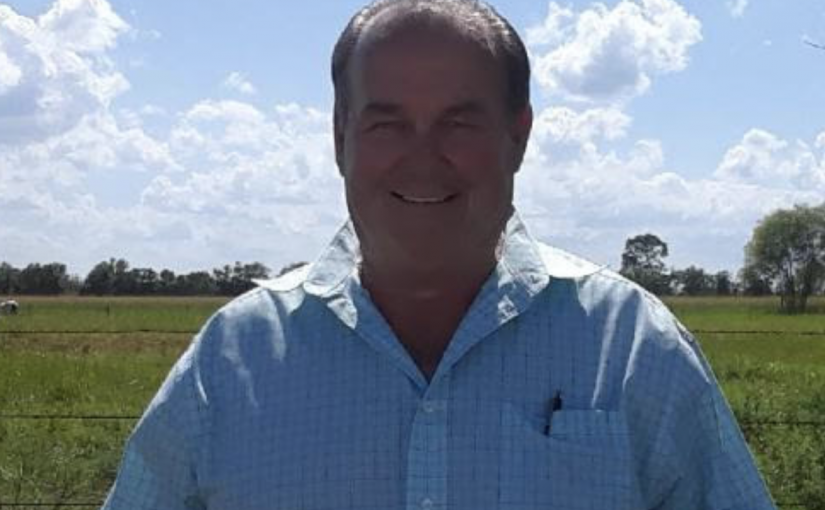Volunteer Chaplaincy at Plane State Prison spent 7 hours 10/23/2020. Very busy day had 3 chapel services, Ladies so very Thankful to have Praise & Worship & Church today. Also went to A,B,C,D,E, and K-Dorms. Gave out Bibles, books and hygiene, got caught in a rain and wind storm on the way back from the dorms but I managed to stay in the boat, Hallelujah. ( Luke 10; 19 ) Behold, I give you the authority to trample on serpents and scorpions, and over all the power of the enemy, and nothing shall by any means hurt you. ( Psalms 23: ) ” Surely goodness and mercy shall follow me all the days of my life and I shall dwell in the house of the Lord forever. He’s prepared a table before me in the presence of my enemies and my cup is running over. To God be all the Glory !!!
